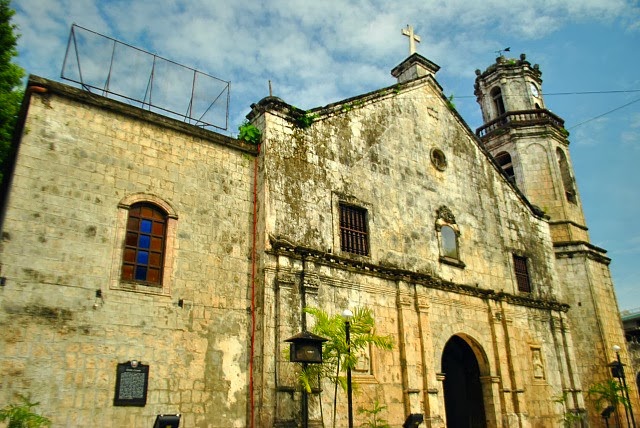UK immigration and UK Visa policy changes
UK Immigration Minister Damian Green spoke recently at the Royal Commonwealth Society in London about immigration. The Immigration Minister said that the Government wishes to "maximise" the benefits of immigration. The contents of the immigration minister's speech had already been widely reported in the news ahead of the actual speech.

How to Enter prenup in Philippines?
Prenuptials are not the norm in the Philippines, but only for those few who are aware they can have such a side contract. Prenups seem to fly in the face of the family code that says" Marriage is for life," and in a country where there is no divorce.
All About K1 Fiance Visa
A K1 visa or commonly known as US Fiance Visa is a dual intent visa issued to the fiance of a United States citizen to enter the United States. A K1 visa requires a foreigner to marry his or her US citizen petitioner within 90 days of entry, or leave the U.S. Once the couple marries, the foreign citizen can adjust status to become a lawful permanent resident of the United States.

Beware of Bogus UK Visa and Job Offers
A number of incidents have been reported which involve bogus job offers being made to foreign nationals who want to work in the UK. The scam, which appears to be email based, frequently cites the names and titles of real UK Border Agency officials, presumably to add authenticity to the offers of “work”.

Ten Interesting Tips To Help You Understand Your Immigration Case
I have discussed before some tips for a successful US Immigration and Successful UK Immigration. I also share to you the Ten Commandments of Succesful Immigration. Now let me share to you some tips on how you can understand your Immigration case.




 10:40 AM
10:40 AM
 Sef Gutierrez
Sef Gutierrez







 Posted in:
Posted in:







